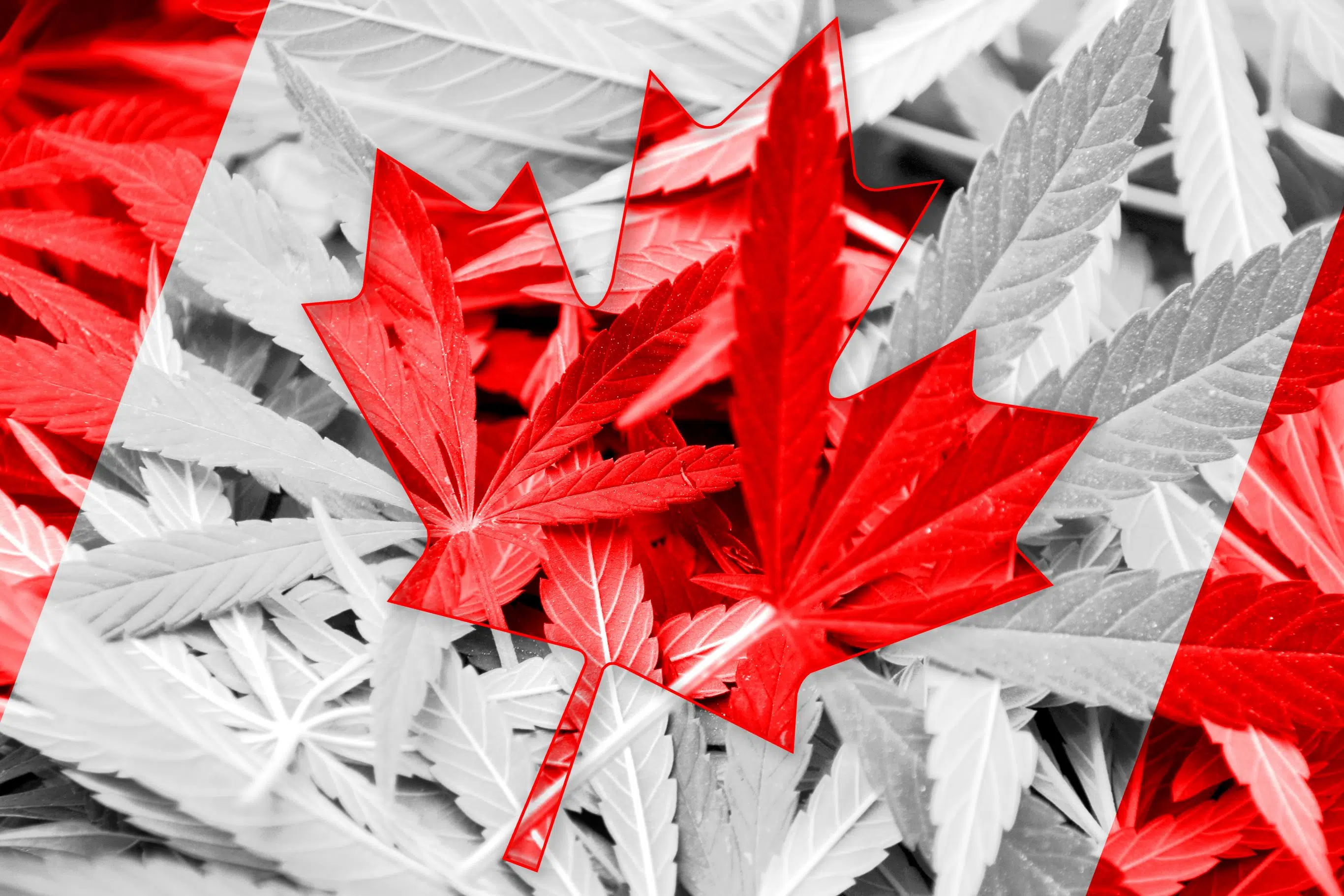
Report outlines many issues five years after cannabis legalization
Five years after the legalization of cannabis in Canada, many public safety stakeholders remain concerned about the continued involvement of organized crime and criminal networks in illicit cannabis production and sale.
That’s according to a report released this month by Health Canada entitled Legislative Review of the Cannabis Act: What We Heard Report. The lengthy document outlines the building blocks used to develop the cannabis framework and the resulting measures, key data, and the perspectives, including lived and living experience, that were shared through the panel’s engagement to date.
The report covers many topics ranging public health, economic, social and environmental impacts, access, criminal activity, impact on youth and more.
“From December 2022 to June 2023, we held numerous roundtable discussions, one-on-one meetings, and were graciously hosted by a number of stakeholders at their sites,” the report states. “The voices and perspectives reflected in this report come from a wide range of stakeholders and experts.”

